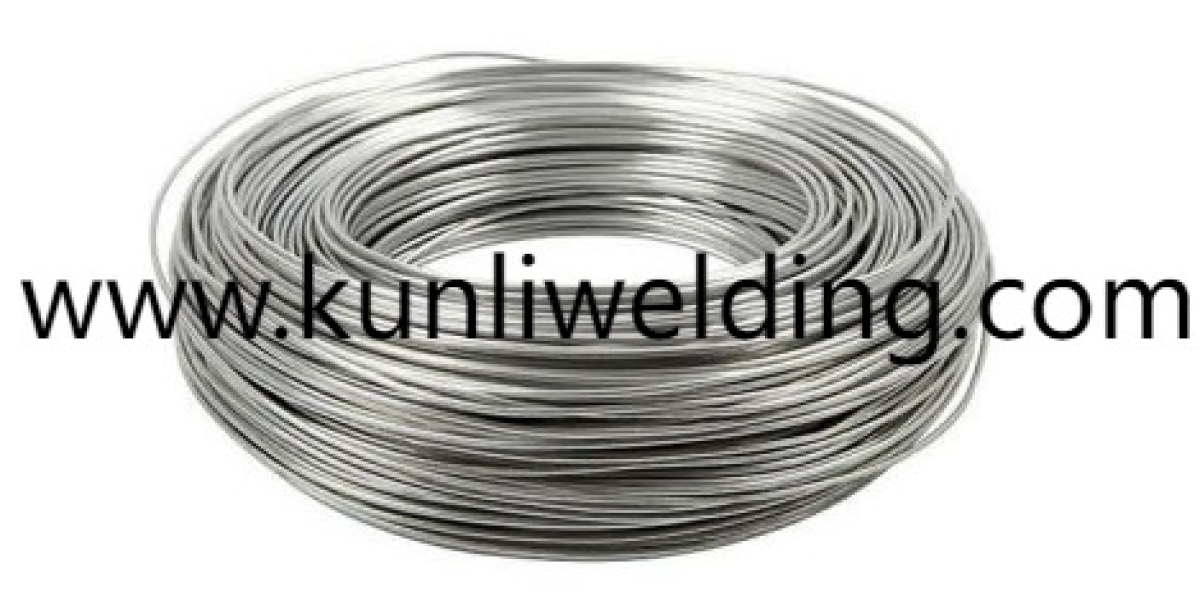Under busy shop lights fabricators are paying closer attention to how raw materials are stored and moved. Aluminum Welding Wire ER4943 appears in many fabrication plans for its corrosion resistant behavior and consistent handling characteristics, so protecting the coil from moisture contamination and mechanical damage becomes a practical priority for teams that must deliver reliable joints day after day.
Start by choosing a controlled storage zone that avoids damp floors and open air staging. Keep coils inside a dry room with steady ambient conditions and limit exposure to dust and airborne salts. Store spools upright on clean shelving or on purpose built racks that prevent crushing the core. When coils are kept orderly they feed more reliably and require less cleaning before use. Treat storage as an active part of production rather than an afterthought.
Handling practices matter as much as where coils rest. Use clean gloves and non greasy tools to lift and move spools. Avoid dragging wire across dirty surfaces and do not allow coils to be unrolled on the ground. When a spool must be opened protect the remaining wire with sealed containers and moisture absorbers. Rotate stock so coils that were stored first are used first. These small actions limit surface films that can change weld flow and arc stability.
On the welding bench attention to feed path geometry prevents many quality headaches. Mount spools on a smooth pivot so wire pays out freely. Keep guide tubes and rollers clean and check tension settings on feeders. Tangles or kinks not only cause burn back problems but also increase the chance of inconsistent deposition that shows up later as touch up work. Regular quick inspections of the feed system can catch trouble while it is still cheap to fix.
Before committing wire to critical assemblies perform a simple readiness check. Inspect the exposed wire for discoloration or surface deposits and run a short weld on scrap to validate arc behavior. If deposits are found use gentle, appropriate cleaning methods rather than aggressive abrasion which can alter the filler geometry. These small on the spot tests help teams avoid long hours of rework that affect schedules and budgets.
Logistics and transport deserve planning too. Protect coils during transit by securing them in enclosed crates and avoiding stacking that distorts packaging. When staging at a site bring material indoors as soon as the environment allows and avoid placing coils directly on wet surfaces. Clear labeling of spool content and handling instructions on the package supports consistent treatment by all crew members from loading to final weld.
People practices make a difference. Short hands on sessions that show how to store and handle wire build operator confidence and reduce variation between shifts. Visual aids in welding bays and simple checklists for start of shift inspections create habits that prevent common errors. Encourage operators to report subtle changes in feed feel or arc performance so maintenance can act before problems escalate.
The wider industry attention to lighter structures and sustainability influences how suppliers and users think about joining materials. Cleaner handling reduces scrap that would otherwise be generated by contaminated welds and supports reuse pathways for metal parts. Choosing the right alloy for an application is only part of the job; disciplined storage and handling preserve the intended properties so finished assemblies deliver the long term function intended by designers.
Documentation adds another layer of quality control. Track storage conditions and spool usage with straightforward logs so any question about material history can be answered quickly. Traceability makes it easier to address warranty or repair inquiries and gives procurement teams clearer visibility into consumption patterns that inform purchasing choices.
When integrating these practices into daily routines focus on modest repeatable changes that become habits. The combined effect of good storage location selection careful handling clean feed systems and basic staff training is fewer interruptions on the shop floor and steadier quality across projects. For teams looking to align material performance with project demands consult supplier technical notes and product literature available from the manufacturer web presence for additional guidance and product specific handling advice.








